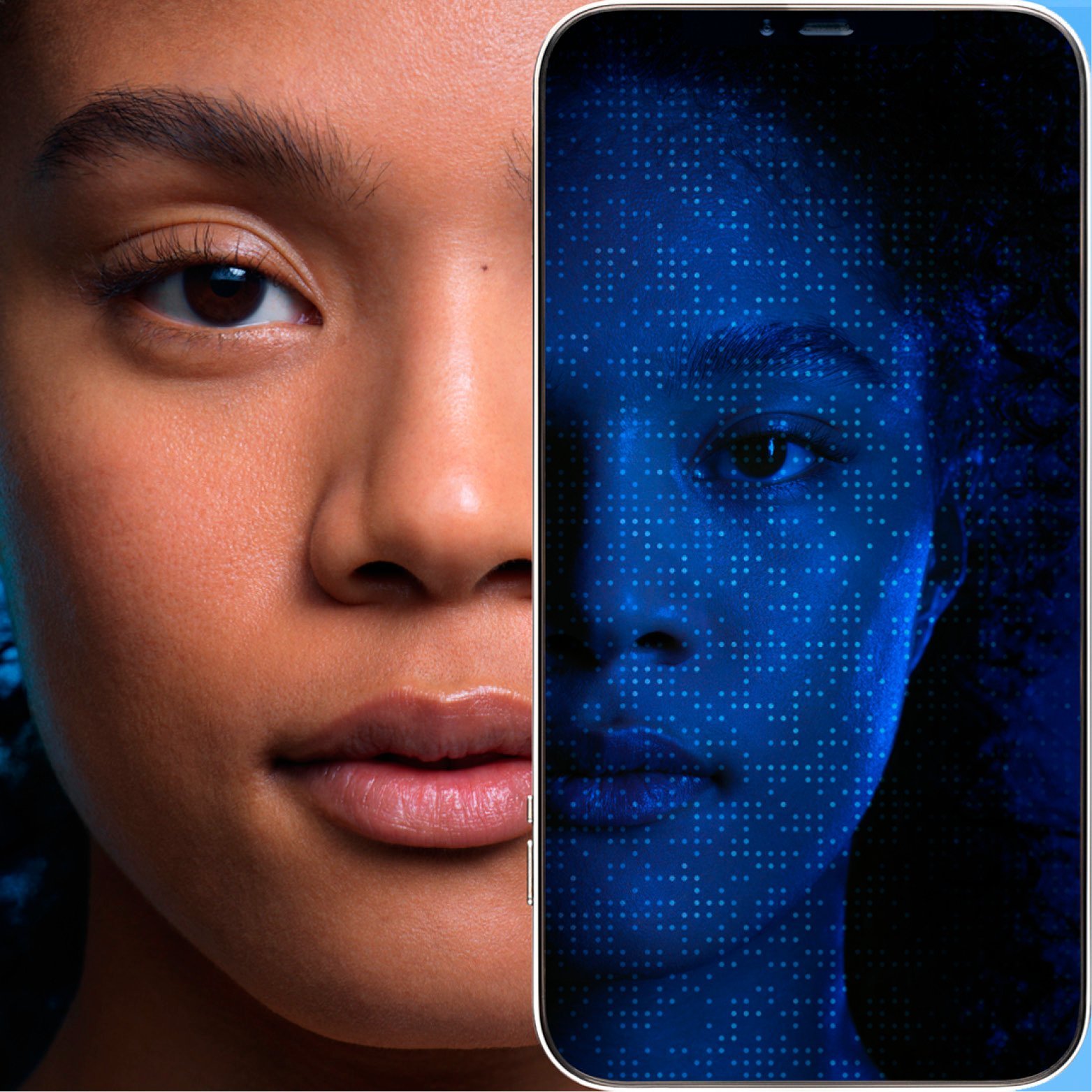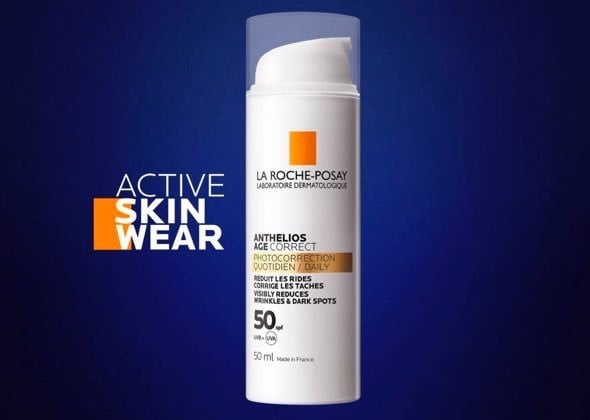Comment me débarrasser des marques post-acné?
Il est connu que les marques post-acné sont difficiles à traiter. Certains soins professionnels peuvent néanmoins aider, comme la microdermabrasion, les peelings chimiques ou le microneedling. Idéalement, l'apparition des marques post-acné doit être prévenue au moyen de traitements adaptés tels que les antibiotiques ou l'isotrétinoïne. Vous pouvez également vous renseigner auprès de votre pharmacien sur les soins experts quotidiens, notamment ceux de la gamme EFFACLAR.
En savoir plus








